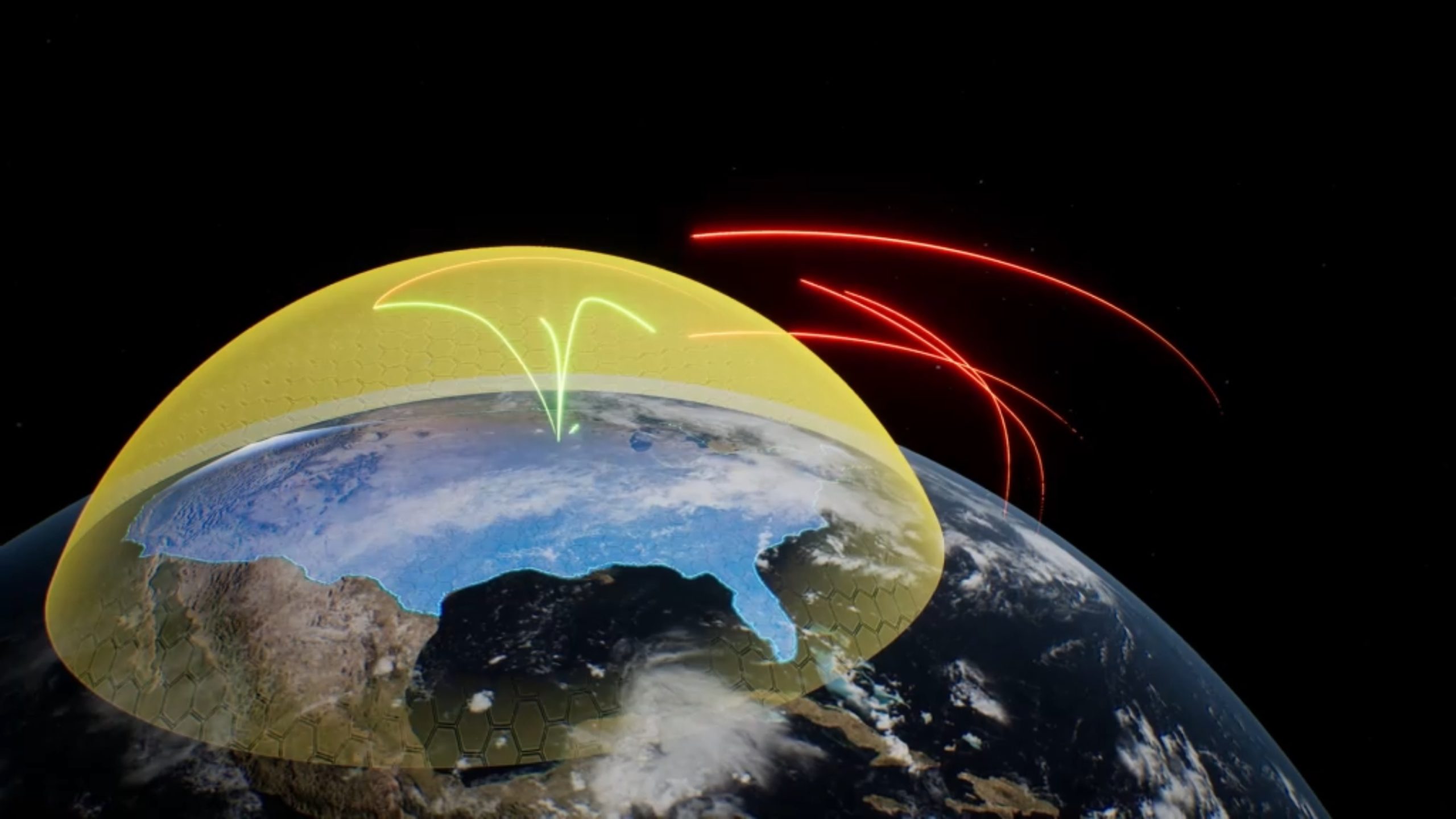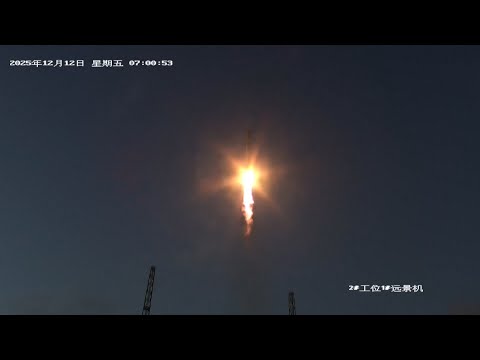Now Reading: How Golden Dome could make nuclear weapons irrelevant
-
01
How Golden Dome could make nuclear weapons irrelevant
How Golden Dome could make nuclear weapons irrelevant


For nearly 80 years, the specter of nuclear war has haunted humankind, shaping foreign policy, military strategy, and international relations. The principle of “mutually assured destruction” (MAD) has been the cornerstone of global stability since the dawn of the atomic age. Yet, this fragile equilibrium has always depended on one terrifying certainty: No defense is strong enough to reliably stop a determined nuclear attack.
That paradigm may soon shift, thanks to the potential development of the program known as the Golden Dome missile defense initiative. Although extremely complex and challenging, it offers the possibility of making nuclear attacks by adversaries technologically and strategically obsolete. If successful, the United States may, for the first time, be able to credibly defend itself against even the most sophisticated missile salvos. Such a capability could render offensive nuclear arsenals irrelevant.
For decades, anti-ballistic missile systems could only hope to intercept a handful of incoming warheads, because the cost and practicality of defending against a large-scale attack were prohibitive. Treaties such as the Anti-Ballistic Missile (ABM) Treaty of 1972 were signed to cap defenses and maintain MAD. As offensive missiles evolved, with multiple independently targetable reentry vehicles and hypersonics, the gap between offense and defense grew. But, by the late 2010s, new technologies began to change the calculus. Today, the dream of a robust missile shield could be realized with multi-layered defenses, persistent surveillance techniques and networked responses. The Golden Dome is intended to deliver these advancements.
It is not surprising that the initial reaction to the Golden Dome concept has been one of skepticism due to its ambitious scope and likely high costs. Nevertheless, major nuclear powers are scrambling to analyze and evaluate the proposed U.S. shield. When the Golden Dome is eventually deployed, adversaries are likely to respond with a shift in arms technologies, political pressure and alternative non-nuclear strategic weapons.
However, as the Golden Dome system matures, assuming it demonstrates robustness against emergent threats, confidence in the shield will grow. Tests, exercises, wargames and real-world events will reveal missile interception rates that were previously thought impossible. If the shield is proven to be effective, strategic thinking will shift from resistance to adoption.
If successful, the Golden Dome concept will mark a significant turning point in history, a moment when the cycle of fear, deterrence and existential threat begins to unwind. Defensive supremacy will force nations to confront the futility of offensive nuclear arsenals. There will certainly be resistance, uncertainty, and transitional risks. Yet, as confidence in robust missile defense grows, the nuclear taboo will hopefully be replaced by a new reality: a world in which security is built through protection, not destruction. True deterrence will replace the fear of MAD.
Marshall H. Kaplan, PhD is the CEO of Launchspace Services.
SpaceNews is committed to publishing our community’s diverse perspectives. Whether you’re an academic, executive, engineer or even just a concerned citizen of the cosmos, send your arguments and viewpoints to opinion@spacenews.com to be considered for publication online or in our next magazine. The perspectives shared in these opinion articles are solely those of the authors.
Stay Informed With the Latest & Most Important News
Previous Post
Next Post
-
 012024 in Review: Highlights from NASA in Silicon Valley
012024 in Review: Highlights from NASA in Silicon Valley -
 02Panasonic Leica Summilux DG 15mm f/1.7 ASPH review
02Panasonic Leica Summilux DG 15mm f/1.7 ASPH review -
 03From Polymerization-Enabled Folding and Assembly to Chemical Evolution: Key Processes for Emergence of Functional Polymers in the Origin of Life
03From Polymerization-Enabled Folding and Assembly to Chemical Evolution: Key Processes for Emergence of Functional Polymers in the Origin of Life -
 04How New NASA, India Earth Satellite NISAR Will See Earth
04How New NASA, India Earth Satellite NISAR Will See Earth -
 05And Thus Begins A New Year For Life On Earth
05And Thus Begins A New Year For Life On Earth -
 06Astronomy Activation Ambassadors: A New Era
06Astronomy Activation Ambassadors: A New Era -
07SpaceX launch surge helps set new global launch record in 2024



















